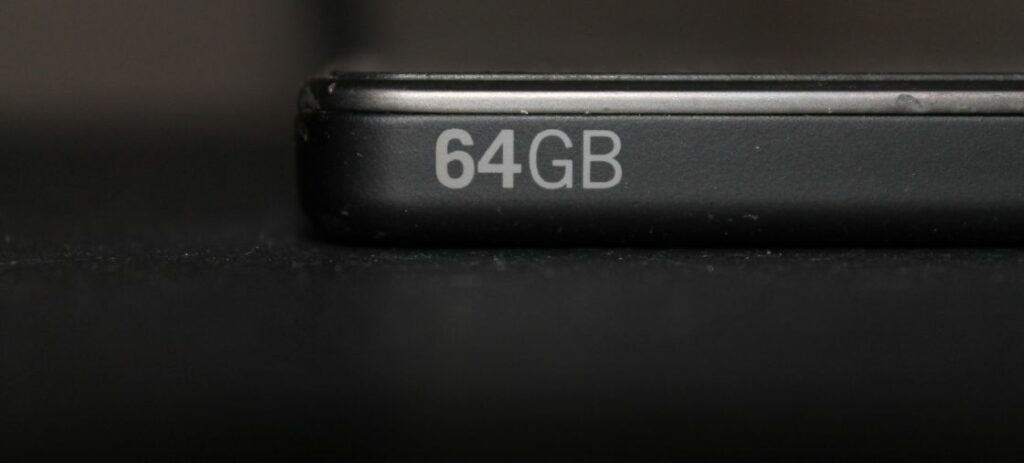Topic Content:
- Introduction to Bytes
- Table Showing Computer Storage Size | Bytes, KB, MB, GB, TB, PB, EB, ZB, YB
- Kilogram Vs. Kilometre Vs. Kilobyte
- Distinctions between KB, MB, and GB

Introduction to Bytes:
In the world of computers, all the bytes are used to describe disk space, data storage space, or system memory. A few years ago, we were describing hard drive space using the term megabytes (millions of bytes)
Diskettes and Floppy disks were described using Kilobyte.
Today, Gigabytes are the commonest term used to describe the size of drives, including flash, CD, DVD, and Hard drives.
In a couple of years to come, we swill be hearing about Terabytes (trillions of bytes of information space) though modern systems now come in Terabytes.
The memory inside the computer is constructed in terms of Bits, Bytes, Nibbles, and Words.
Bit: A bit stands for Binary digit. It is the smallest unit of data inside one computer.
Nibble: This represents a group of 4 bits.
You are viewing an excerpt of this Topic. Subscribe Now to get Full Access to ALL this Subject's Topics and Quizzes for this Term!
Click on the button "Subscribe Now" below for Full Access!
Subscribe Now
Note: If you have Already Subscribed and you are seeing this message, it means you are logged out. Please Log In using the Login Button Below to Carry on Studying!



It was helpful